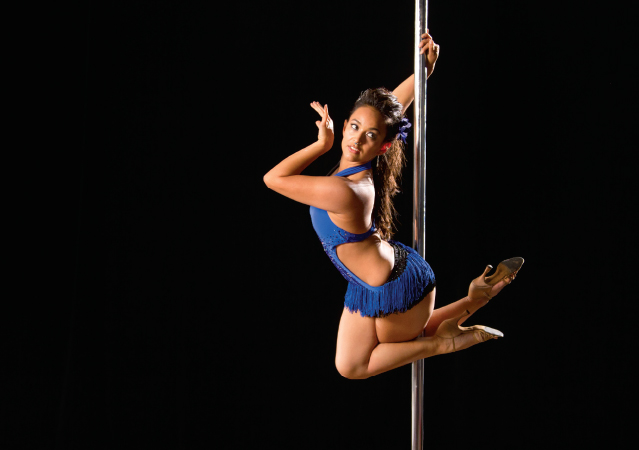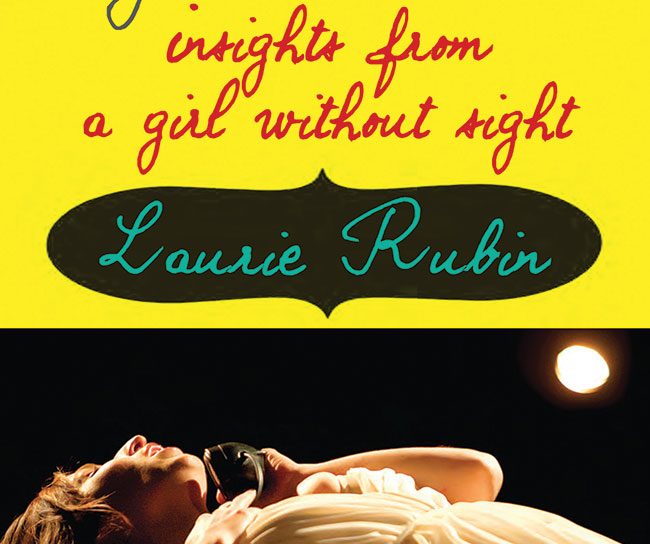
Heading to the Poles
Think pole dancing is about objectifying women? Think again, says champion pole dancer and studio owner Sergia Louise Anderson.
-
CategoryPeople
Sergia Louise Anderson discovered pole dancing at age 28, after more than a decade as an actress and dancer. A quick study, she soon entered pole competitions, winning the US Pole Dance Federation 2012 Amateur Championship and the 2013 US National Championship.
Now 34, she runs The Vertitude in Canoga Park, the Valley’s largest pole dancing studio. After opening the 1,500-square-foot location in 2011, Sergia discovered some unexpected rewards. “One of my favorite things about teaching pole is seeing women blossom,” she says. “Over three to six months, they build up strength and confidence, and they hold themselves differently and speak up. It’s a beautiful kind of haven.”
If you’re imagining a roomful of Valley homemakers in six-inch Lucite heels and bikinis jiggling around stripper-style, think again. Sergia makes it very clear that she is not a training ground for local strip clubs and that pole dancing, as she teaches it, has deep roots in a variety of respected athletic traditions. “It comes from Chinese pole, acrobatics, pole mallakhamb ,” says Sergia. “The pole is just an apparatus.”
In fact, she notes, pole is one of the sports under consideration for inclusion in the Olympics, specifically the form known as “sport pole,” which focuses on athleticism and is performed barefoot. (“Classic” or “sensual” pole is the exotic-dance-influenced style.)
The Vertitude offers some 30 classes each week, daily 60- or 90-minute sessions for everyone from beginners to pole competitors. Classes like Flexotic, Slow and Sultry and Pole Exotic require high heels and follow the sensual pole tradition, while the technique classes are about building strength, skill and stamina. Students range in age from 18 to 63 and include a handful of men.
“This is our adult jungle gym,” says Sergia. “This is play time and play is extremely important for mental health.”
Behind the Workout
If you think pole dancing classes aren’t “real” exercise—now there’s a scientific journal study that says otherwise. Titled “Physical and Physiological Demands in Women Pole Dance” and published in The Journal of Sports Medicine and Physical Fitness earlier this year, the study showed that a pole routine is physically challenging, causing blood pressure, heart rate and breathing rate to skyrocket.
The sport can also build enormous upper body and core strength and works almost every muscle in the body. As Sergia puts it, “It’s Pilates turned into movement.”











